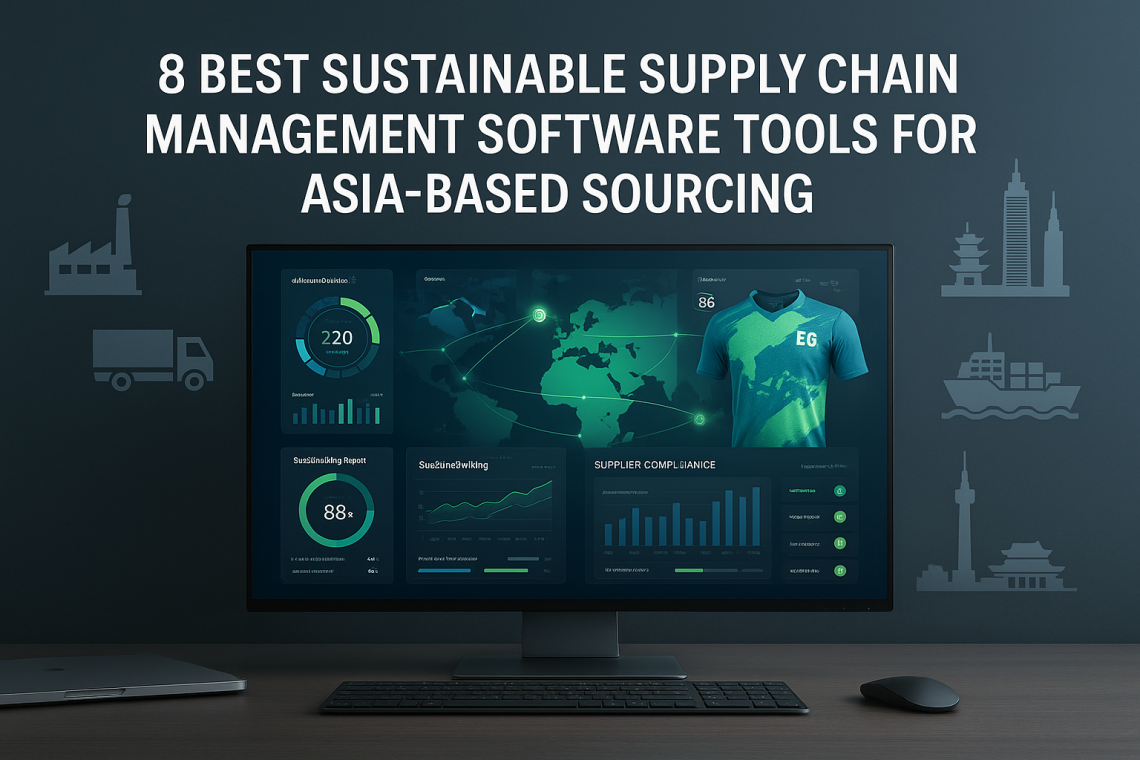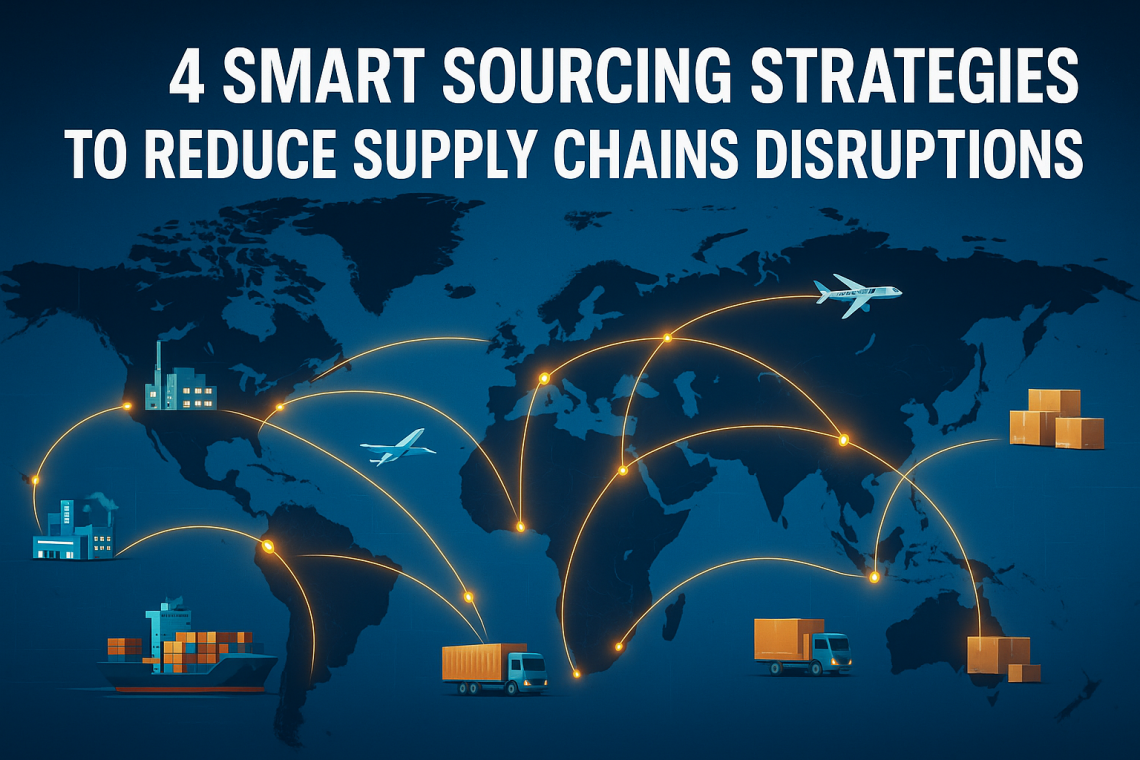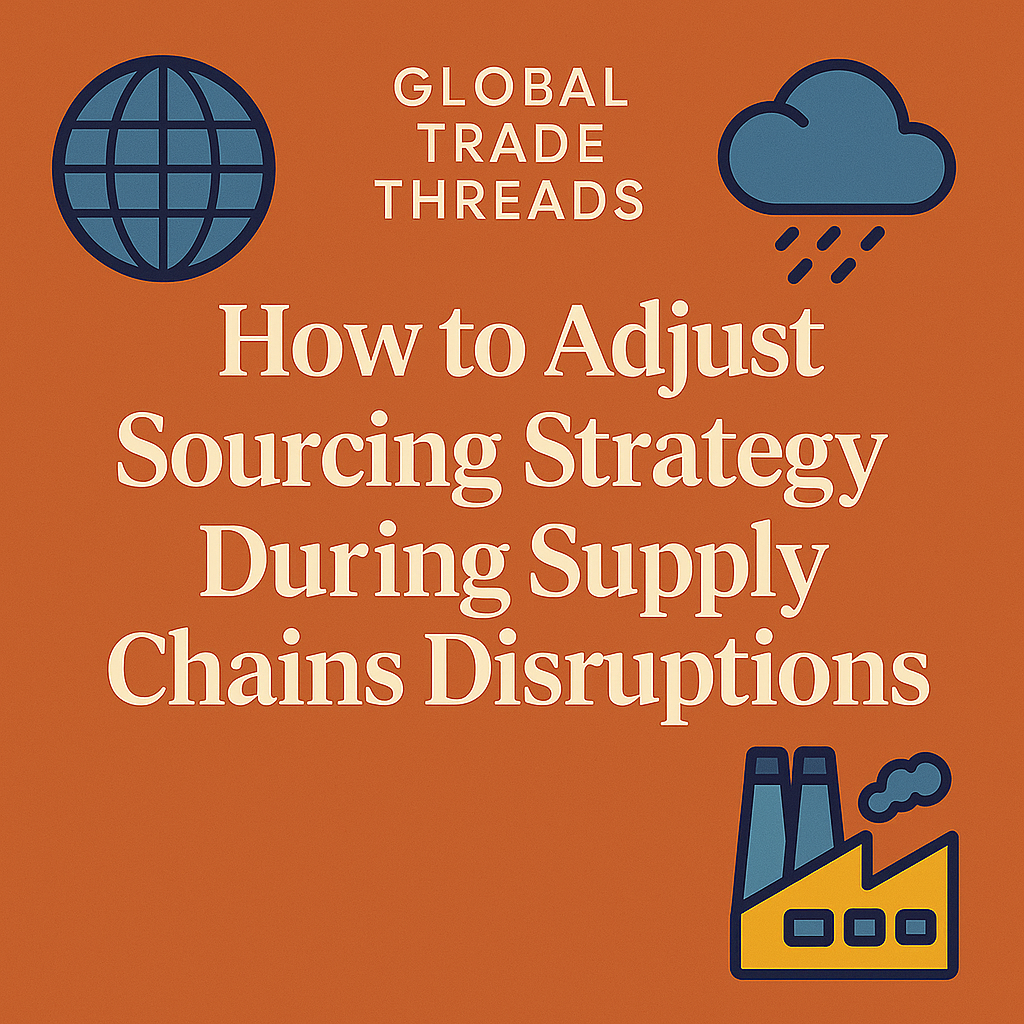Introduction to Sustainable Supply Chain Management Software for Asia-Based Sourcing Sourcing products from Asia can be a powerful strategy for businesses aiming to reduce costs and tap into skilled manufacturing networks. Yet, with so many supply chain challenges—like tracking supplier sustainability, verifying ethical labor practices, and ensuring on-time deliveries—using the right sustainable supply chain management software can make all the difference. In today’s business climate, supply chain visibility goes far beyond your first-tier suppliers. According to recent data, 45% of businesses have limited visibility in their supply chains, which can lead to a host of problems, including environmental damage and…
-
-
Overlooking Red Flags Leads to Supply Chains Disruptions Building a dependable global supply chain requires more than just finding a low-cost supplier. It demands a close look at potential warning signs that can easily turn into bigger problems. If you miss these red flags, you’ll likely face supply chains disruptions that slow your business, raise costs, and add frustration for everyone from sourcing managers to e-commerce entrepreneurs. According to one study, 60% of supply chain interruptions come from delayed or unclear communication, showing how quickly small issues can balloon into larger setbacks (forthsource.io). Whether you manage a production line in…
-
Supply chains disruptions have become a regular concern for businesses trying to produce goods on time and within budget. According to recent data, these disruptions cost global companies about $184 billion annually. The COVID-19 pandemic alone caused a 28% increase in supply chain costs in 2020, highlighting just how critical this issue is. With so many external pressures—geopolitical tensions, climate change, cyberattacks, and even rising fuel costs—organizations must rethink their sourcing strategies to keep operations stable and efficient. This post from Global Trade Threads aims to simplify the realities of global manufacturing and smart sourcing. Whether you are a supply…
-
When you work with suppliers around the globe, you have an opportunity to tap into manufacturing strengths, cost-effective production, and diverse markets. However, these benefits come with their fair share of challenges, making supply chains management even more critical. From language barriers to logistical hiccups, overseas partnerships require a strong plan to keep production on track and maintain quality standards. In fact, around 62% of organizations report limited visibility within their supply chains, and disruptions can cost global businesses approximately $184 billion every year. This blog post will discuss five best practices in supply chains management to help you work…
-
Supply chains disruptions can affect any business, large or small. Unforeseen events—whether caused by tariffs, geopolitical tensions, or lingering pandemic effects—can derail a company’s carefully planned sourcing strategy. In May 2025, U.S. seaborne imports from China plummeted by 28.5% year-over-year, reportedly due to the imposition of 145% tariffs (source: Reuters). Such developments highlight just how fragile global trade can be and underscore the need to plan ahead. In this post, we will discuss practical ways to adjust your approach, enhance supply chain resilience, and maintain profitability in the face of ongoing supply chains disruptions. Introduction to supply chains disruptions Supply…





